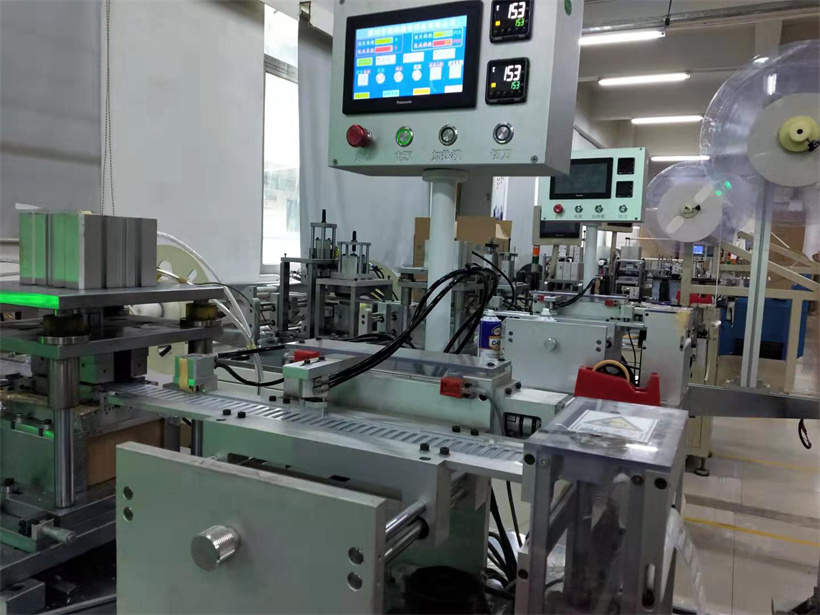The packaging method of surface mount components has become an important part of the SMT system. It directly affects the efficiency of assembly production and must be optimized in combination with the type and number of feeders of the SMT machine. There are four main types of packaging for surface mount components, Tape, tube, tray and bulk. For high-volume production, it is recommended to choose the form of Carrier Tape Packaging; for low-volume or prototype production, it is recommended to choose anti-static ic tube packaging; bulk packaging is rarely used because bulk packaging must be picked up one by one or requires assembly equipment to re-package.
- Tape packaging
Tape packaging is a packaging form with the widest application, the longest time, strong adaptability, and high mounting efficiency, and it has been standardized. Except for QFP, PLCC and LCCC, all other IC components adopt this packaging form. There are mainly three types of braid used in tape packaging: paper tape, plastic bag and Embossed Carrier tape. Paper tape is mainly used for packaging chip resistors and capacitors; plastic bags are used for packaging various chip leadless components, composite components, special-shaped components, SOT, SOP, small-size QFP and other chip components. Generally, the resistors, capacitors, diodes, transistors, crystal oscillators, small ICs, etc. of the patch can be packaged in Carrier Tape and Reel. The Tape and Reel are shown in the below picture.

- IC Tube packaging
Tube packaging is mainly used for packaging rectangular chip resistors, capacitors, some special-shaped and small devices, and is mainly used for occasions where there are many varieties of SMT electronic components and small batches. When packaging, arrange the components in the same direction and put them in a plastic tube at a time. Insert stoppers(Plastic Pins/Nails, Rubber End Plugs) into the feeder of the SMT machine at both ends of the tube, and remove the SMT box cover. Then according to the mounting procedure, a chip component is provided to the substrate every time the tube is pressed.
The cost of tube packaging materials is a little high, and the number of packaged electronic components is limited. At the same time, if the mounting pressure of each tube is not balanced, the components are likely to be stuck in the narrow tube. But for surface mount integrated circuits, the cost of tube packaging is lower than that of tray packaging, but the mounting speed is not as fast as the Carrier Tape.
- Tray packaging
Tray packaging is to use rectangular partitions to divide the tray into equal parts according to the specified cavity, and then put the components into the tray one by one, generally 50 pieces per tray, and cover with a protective film after installation. The Vacuum Form Tray has single-layer, three-layer, ten-layer, twelve-layer, and twenty-four-layer automatic feeding tray feeders. When this packaging method was first applied, it was mainly used to package medium, high, and multilayer ceramic capacitors with a relatively large shape. At present, it is also used to package components such as SOP and QTP with a large number of pins.
Trays packed in trays are divided into hard trays and floppy trays. Hard trays are often used to package multi-pin, fine-pitch QTP components, so that the lead wires of the package body are not easily deformed; floppy trays are used to package ordinary special-shaped chip components.

- In bulk
Bulk packaging is to freely enclose the chip components in a molded plastic box or bag, insert the plastic box into the material rack when mounting, and use the feeder or the feeding tube to feed the components into the material port of the SMT machine one by one. This packaging method is low in cost and small in size, but has a small scope of application, and is mostly used by cylindrical resistors.
The packaging form of SMT components is very important, it directly affects the efficiency of assembly production, and the optimal design must be combined with the type and number of feeders of the SMT machine.


